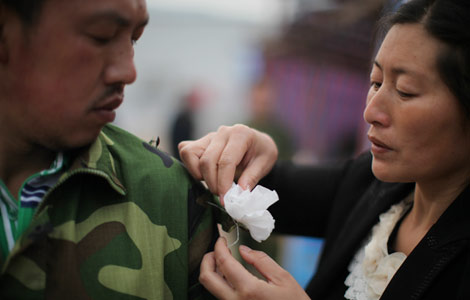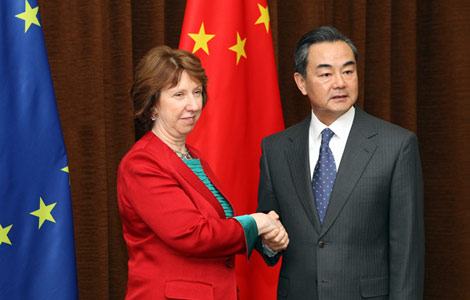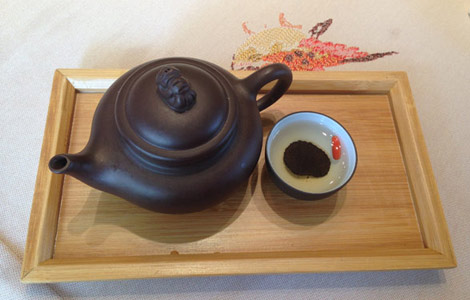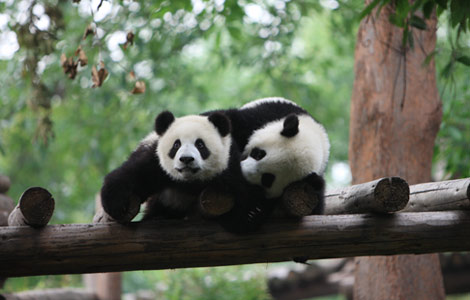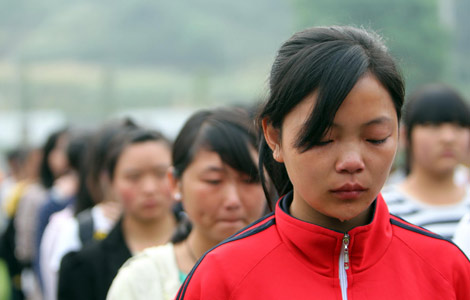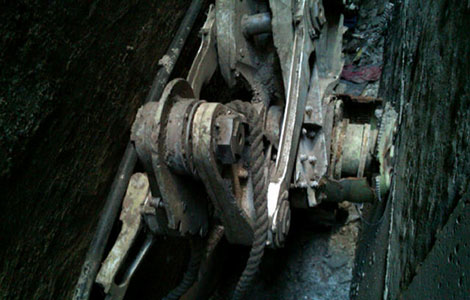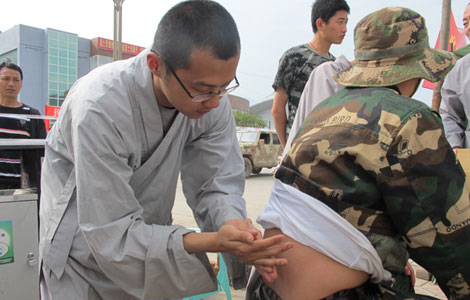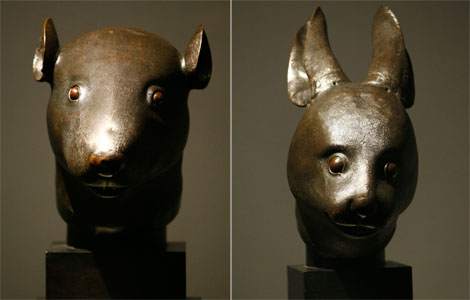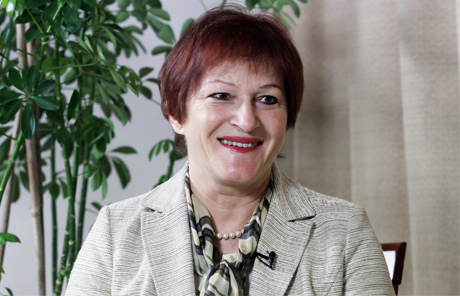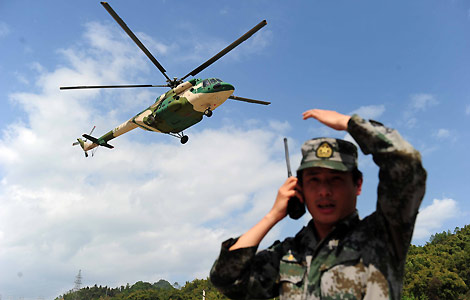China's retrieval of lost relics needs time
Updated: 2013-04-27 21:07
(Xinhua)
|
||||||||
BEIJING - Two bronze animal heads looted from a Chinese royal garden 149 years ago will soon be returned to China, beaming in a ray of hope despite the difficulties the country faces in bringing its treasure trove of cultural relics home.
The family heading French luxury goods retailer Pinault said on Friday in Beijing that it will donate the rat and rabbit busts back to China for free.
The Pinault family is the majority shareholder of PPR, whose brands include Gucci, Yves Saint Laurent and Puma, and Pinault Group Chairman and CEO Francois-Henri Pinault has just concluded a two-day visit to China with French President Francois Hollande.
Cao Yuming, director of the administration office of the Yuanmingyuan, or Old Summer Palace, from which the two pieces were looted, said the move should encourage the return of more Chinese relics.
Cao described the planned donation as "an observation of international convention, a token of friendship and conducive to bringing more relics home."
He also said an exhibition of the two pieces is likely to be held in the Yuanmingyuan once approved by the state cultural relics authorities.
The busts were among 12 animal head sculptures that formed the zodiacal water clock decorating the Calm Sea of Yuanmingyuan of Emperor Qianlong(1736-1795).
They were taken by Anglo-French allied forces during the Second Opium War in 1860.
But the two became the center of an international tug-of-war when they were auctioned for $39.6 million in Paris in 2009.
China has repeatedly opposed this auction. A Chinese businessman made the winning bid and then refused to pay on the grounds that the heads belong to his native country.
Five of the 12 bronze animal fountain heads in Yuanmingyuan have returned thus far, and the Pinault donation will take the number to seven. But the whereabouts of the five others remains unknown.
China, along with other countries to have lost cultural relics, is making efforts to repatriate such prized possessions, a drive which has generally received a positive response and support from the international community.
But more efforts are needed. UNESCO believes there are at least 17 million Chinese cultural relics abroad, far exceeding the number in the country's own museums.
A great number were looted, stolen and smuggled out of China between the 1860s and 1949, a period in which the country was subjected to invasions and civil wars.
Some Chinese collectors have worked to purchase such missing items under their own initiative and donate them to China's government. This is how the first five of the Yuanmingyuan's animal heads made their way back to their original home. Three were purchased by the China Poly Group Corporation at a cost of 30 million HK dollars. And Macau business magnate Stanley Ho privately bought the horse and pig head.
Other ways of claiming back relics include legal and diplomatic proceedings, as well as donations from abroad.
Legal and diplomatic retrieval is based on a series of international conventions that China has signed, including the 1970 UNESCO convention on the Means of Prohibiting and Preventing the Illicit Import, Export and Transfer of Ownership of Cultural Property, and the 1995 Unidroit Convention on Stolen or Illegally Exported Cultural Objects.
But experts say the fact that these conventions can not be applied retroactively forms a major obstacle for legal proceedings.
Xie Chensheng, honorary president of the China Society of Cultural Relics, said retrieving lost cultural relics is a long-term cause that requires patience.
"But we don't need to worry. People's consciences will eventually mean they hand them over," Xie added.
Most Viewed
Editor's Picks

|

|

|

|

|

|
Today's Top News
China, EU 'to renew ties'
Life goes on after Lushan earthquake
TEDA inks investment agreement with Egyptian govt
Industries post lower profit growth
China, EU agree to beef up cooperation
China's court hears Jordan suit
Top charitable donor list published
China's retrieval of lost relics needs time
US Weekly

|

|
